





|
Education |
|
Services |

|
“The mission of EcoStar is to promote sustainable development in the Devens area. ”- EcoStar Statement of Purpose, Page 5, EcoStar Action Guide. |
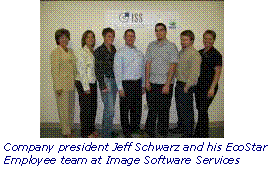
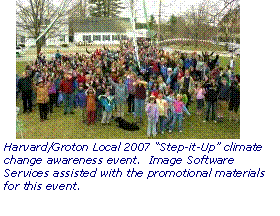


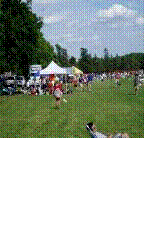

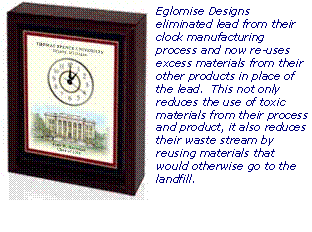
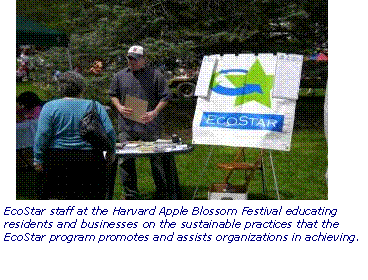

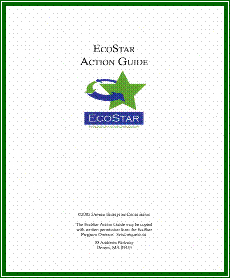
|
EcoStar Member Bristol-Myers Squibb is pursuing LEED Silver Certification for their 91,800 sq.ft Lab/Office Building and LEED Certified for their 189,400 sq.ft. LSCC Manufacturing Building (pictured below). LEED is the US Green Building Council’s national green building certification program (Standard 11) |

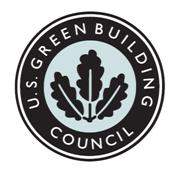
|
Apex Properties is converting a former Army Intelligence Building into office space (building re-use). Over 300 new parking spaces have been phased in and are being constructed using low-impact development techniques with no curbing and biofiltration landscape islands and grass-lined swales to promote local groundwater recharge and reduce stomwater impacts. (Standard 13 and 18) |



|
Evergreen Solar is currently constructing a 273,000 square foot photovoltaic facility at Devens that will help bring renewable energy closer to home and EcoStar members! |
|
Evergreen Solar plant under construction— November 2007 |






|
Devens Eco-Efficiency Center |